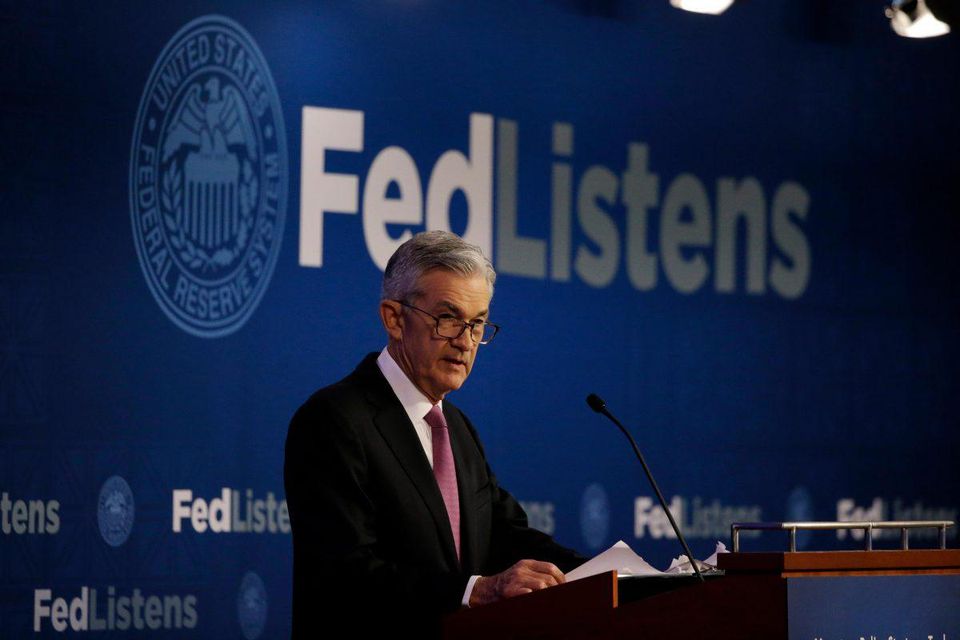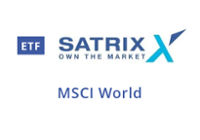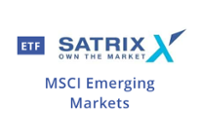International equity markets were impressive in June from the lows of May. The S&P500 index rose 6.9% with other international indices faring well, including the FTSE100 (+3.7%), Dax (+4.9%), CAC40 (6.4%), and the Nikkei 225 (+3.3%). Both the local and global outlook argues for a balanced portfolio which includes bonds, value and quality local and offshore stocks as well as alternatives with low correlations to risk assets.
JSE funds containing international equities and bonds, struggled due to strengthening of the rand with an average 0.2% negative return. However, the CoreShares S&P 500 Dividend Aristocrat rose 3.6%, followed by the Satrix MSCI Emerging Markets, up 3.0%. Other notable gains came from Sygnia/Itrix 4th Industrial Revolution, Cloud Atlas AMI Big50 ex-SA ETF and Stanlib S&P 500 Info Tech Index Feeder ETF. The worst-performing fund, the S&P Global Property ETF, lost 4.1%.
The Global view
Arguably the US Federal Reserve has exerted the most influence on the global monetary system, which makes its actions the most watched by market participants. Anecdotally, the Federal Reserve actions have had the most influence on global equities since the 2008 financial crisis and the trend is set to continue.
With the Federal Reserve looking to converge with other central banks by pursuing an accommodative monetary stance, global equities look set to remain on an upward trajectory despite breaking records and looking expensive historically. The toning down of US-China trade tensions is also feeding to the equities market frenzy, though risk of escalation is ever-present as long as US President Donald Trump remains in the mix.

(Image source: Associated Press/Chiro Sato)
ETFs featured
We have split international equities into developed and developing markets:
Developed:
As core international exposures, we like the Satrix MSCI World Equity Feeder ETF (down 0.37% in June), and the Ashburton Global 1200 Equity ETF (up 0.49%) due to their extensive geographic diversification. Satrix MSCI World beats Ashburton Global 1200 Equity ETF on costs.
Other more focused international equity themes include property and technology funds. These are worth considering for tactical or other investor-specific reasons.
Click logos to view ETFs


Emerging:
We choose the Satrix MSCI Emerging Markets ETF (up 2.97%) as our core portfolio for developing markets exposure. It invests in a wide range of emerging economies including some of the fastest-growing markets like China and India. The Cloud Atlas AMI Big50 (+2.09%), which focuses on African equities, can be used as a satellite fund to the core Satrix MSCI Emerging Markets fund.
Click logos to view ETFs



There's plenty more from where that came from. The team at Intellidex have more insights for the month of July. To see more in-depth analysis and market insights (global and local), check out the full note here.
Background: Exchange-traded funds (ETFs)
Exchange-traded funds (ETFs) are passively managed investment funds that track the performance of a basket of pre-determined assets. They are traded the same way as shares and the main difference is that whereas one share gives exposure to one company, an ETF gives exposure to numerous companies in a single transaction. ETFs can be traded through your broker in the same way as shares, say, on the EasyEquities platform. In addition, they qualify for the tax-free savings account, where both capital and income gains accumulate tax free.
Benefits of ETFs
- Gain instant exposure to various underlying shares or bonds in one transaction
- They diversify risk because a single ETF holds various shares
- They are cost-effective
- They are liquid – it is usually easy to find a buyer or seller and they trade just like shares
- High transparency through daily published index constituents
If you thought this blog was interesting, you should also read:
Disclaimer
This research report was issued by Intellidex (Pty) Ltd. Intellidex aims to deliver impartial and objective assessments of securities, companies or other subjects. This document is issued for information purposes only and is not an offer to purchase or sell investments or related financial instruments. Individuals should undertake their own analysis and/or seek professional advice based on their specific needs before purchasing or selling investments. The information contained in this report is based on sources that Intellidex believes to be reliable, but Intellidex makes no representations or warranties regarding the completeness, accuracy or reliability of any information, facts, estimates, forecasts or opinions contained in this document. The information, opinions, estimates, assumptions, target prices and forecasts could change at any time without prior notice. Intellidex is under no obligation to inform any recipient of this document of any such changes. Intellidex, its directors, officers, staff, agents or associates shall have no liability for any loss or damage of any nature arising from the use of this document.
Remuneration
The opinions or recommendations contained in this report represent the true views of the analyst(s) responsible for preparing the report. The analyst’s remuneration is not affected by the opinions or recommendations contained in this report, although his/her remuneration may be affected by the overall quality of their research, feedback from clients and the financial performance of Intellidex (Pty) Ltd.
Intellidex staff may hold positions in financial instruments or derivatives thereof which are discussed in this document. Trades by staff are subject to Intellidex’s code of conduct which can be obtained by emailing mail@intellidex.coza.
Intellidex may also have, or be seeking to have, a consulting or other professional relationship with the companies mentioned in this report.